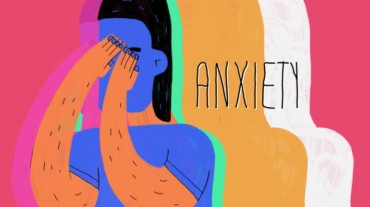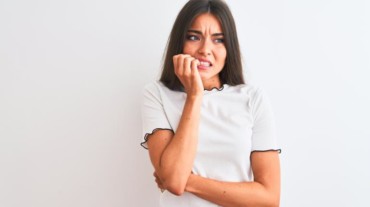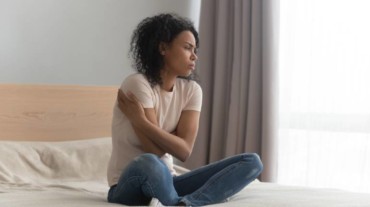
We all tend to feel anxious in certain times and during certain occasions. It could be before an examination or presentation, when running late for a flight, or when you are worried about the health and well-being of a loved one. But how do we distinguish day-to-day anxiety from an anxiety disorder, and how do we know if what we’re experiencing is, in fact, an anxiety disorder?
The first thing we need to remember is that anxiety disorders are common
In fact, more than 200 million people all over the world suffer from some kind of an anxiety disorder. Anxiety disorders may be caused due to a range of factors. These include biochemical changes where we experience changes in levels of certain neurotransmitters.
Our personality, our thought processes and life experiences also play a role. At the same time, our interface with the sociocultural environment can be an influence as well. All of these factors together tend to determine whether we get an anxiety disorder or not.

Before we talk about the specific signs and symptoms of anxiety symptoms, the most important to keep in mind is that for anxiety to be called a disorder, the person needs to experience an impairment of functioning. This means that the anxiety would either be affecting one’s social functioning, personal functioning, or academic/occupational functioning.
What an anxiety disorder looks like
If you’re experiencing an anxiety disorder, you may struggle to unwind and relax, even when you want to. Something keeps playing at the back of the mind which would keep bothering you. You would be preoccupied, worry excessively and tend to think a lot more.

At the same time, anxiety may be accompanied by some behavioural symptoms. Many times, it can lead to you hesitate or even avoid certain situations completely because you feel low in confidence about them or worry that something would go wrong.
You may also experience physical symptoms of distress, like palpitations, breathlessness, restlessness, and lightheadedness. Difficulties in sleep and body aches are commonly seen in anxiety disorders. All of these things when they come together tend to affect day to day functioning, with people struggling to cope with the demands of day to day life.
Generalized anxiety disorder, specific and social phobias, and panic disorder are some of the more commonly seen anxiety disorders. But it’s important to keep in mind that medications along with psychotherapy or counselling are very effective in the treatment of these disorders.
Also, watch:
Select Topics of your interest and let us customize your feed.
PERSONALISE NOWThe key is to identify anxiety disorders quick enough and seek help. With the right kind of intervention, people more often than not can get out of these disorders very soon.
So on this World Health Day, I urge you all to take good care of your mental health. Prioritize your emotional well-being. If you are experiencing any psychological distress, don’t hesitate to talk. Reach out to somebody and unmute yourself.